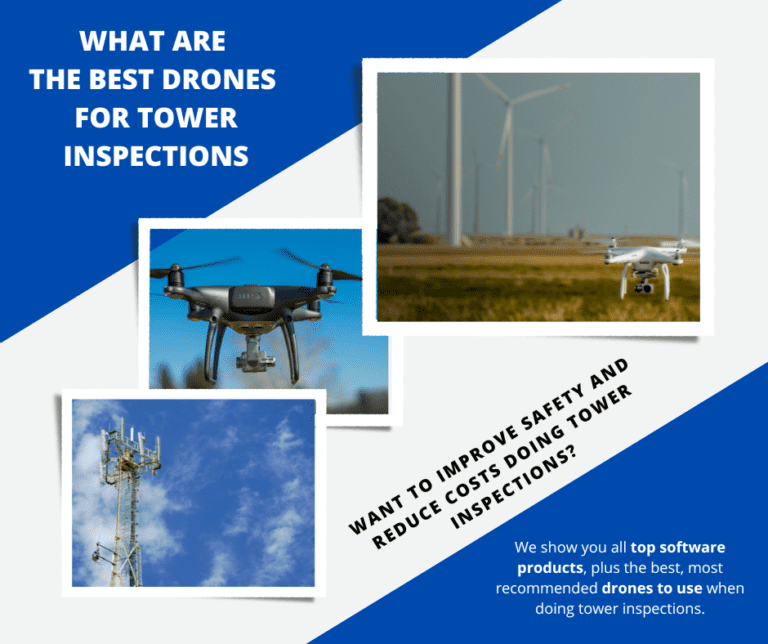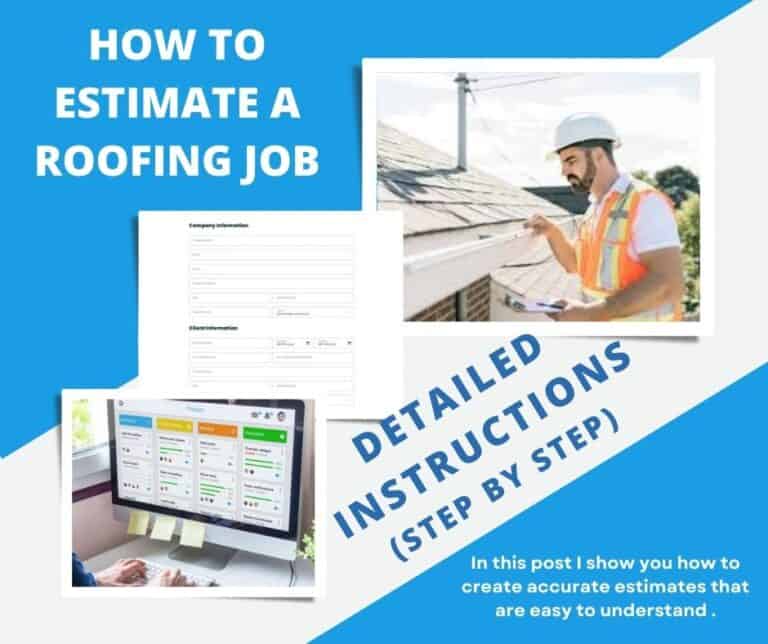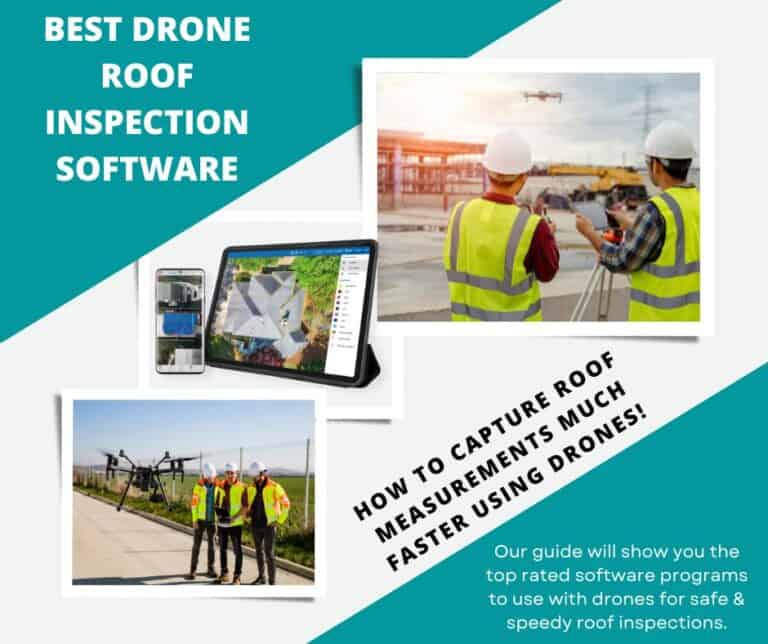How High Can I Fly My Drone: Altitude Limits & Rules
When it comes to drones and their maximum altitude, there are a variety of elements that can influence the answer the question – “How high can I fly my drone?“. In this blog post, we will explore different aspects affecting drone flight altitude and provide you with a comprehensive understanding of how high your drone can fly legally and physically.
We’ll discuss FAA regulations on drone flight height, maximum altitude for non-FAA licensed drones, and how high a drone can fly without FAA authorization. Additionally, we will delve into the maximum altitude for professional drone pilots flying modern drones such as DJI models in controlled airspace.
By examining these factors and considering real-life examples of highest flying drones, you’ll gain valuable insights into safe and legal practices when operating your small unmanned aircraft at higher altitudes. So join us as we take an in-depth look at “How High Can I Fly My Drone?”
Table of Contents:
- What is the Maximum Altitude for Drone Flight?
- What is the Highest Altitude a Drone Has Ever Flown?
- FAA Regulations on Drone Flight Height
- Maximum Altitude for Non-FAA Licensed Drones
- How High Can a Drone Fly Without FAA Authorization?
- Tips for Safely Flying Your Drone at High Altitudes
- Frequently Asked Questions How High Can I Fly My Drone
- Conclusion
1. What is the Maximum Altitude for Drone Flight?
Exciting as it may be, professional drone pilots, need to be aware of the maximum height at which drones can fly to ensure a safe and lawful experience. The maximum altitude for drone flight depends on various factors such as weather conditions, terrain, and regulations set by aviation authorities like the Federal Aviation Administration (FAA) in the United States.
Weather Conditions
The performance of your drone can be significantly impacted by weather conditions. High winds or turbulent air can make it challenging to maintain control when flying at greater heights. Additionally, flying in cold temperatures might reduce battery life and limit how high your drone can fly before needing to return home.
Terrain Factors
The surrounding terrain also plays a role in determining how high you can safely fly your drone. In mountainous areas or regions with tall buildings, you’ll need to maintain enough clearance above these obstacles while still adhering to FAA regulations regarding airspace restrictions.
Regulatory Limits
In most countries around the world, there are specific rules governing how high drones are allowed to fly. For example, according to FAA guidelines, recreational drones should not exceed 400 feet (120 meters) above ground level unless they have proper authorization from air traffic control when operating near airports or other controlled airspace zones.
- Note: It’s crucial always to check local laws and regulations before flying your drone since these rules may vary depending on where you’re located.
Understanding the maximum altitude for drone flight is essential to ensure you’re operating your device safely and legally. By taking into account weather conditions, terrain factors, and regulatory limits, you can enjoy flying your drone without putting yourself or others at risk.
The maximum altitude for drone flight is determined by the manufacturer and varies from model to model. Before taking flight, it is critical to be aware of the altitude limits set by your drone’s manufacturer. Next, we’ll explore what is the highest altitude a drone has ever flown.
2. What is the Highest Altitude a Drone Has Ever Flown?
Drones have come a long way since their inception, and they continue to push the boundaries of what’s possible in terms of flight altitude. In this part, we’ll investigate the most elevated stature ever accomplished by a drone and how it figured out how to arrive at such statures.
A Record-Breaking Flight
In May 2017, a team from CinemaAerials set out on an ambitious mission: to fly their custom-built drone higher than any other before it. CinemaAerials’ custom-built drone flew to a record-breaking altitude of 33,000 feet (10,058 meters), becoming the highest remote-controlled aircraft ever flown.
The Challenges Faced
Flying at such high altitudes presents numerous challenges that must be overcome in order for drones to operate safely and effectively:
- Low air pressure: As you ascend into higher altitudes, air pressure decreases significantly. This makes it more difficult for propellers to generate lift and requires more power from motors.
- Cold temperatures: At extreme heights like 33,000 feet above sea level (ASL), temperatures can drop well below freezing point which poses risks both for battery life as well as mechanical components within drones themselves.
- Limited GPS signal: High-altitude flights may experience weaker GPS signals due not only distance but also interference caused atmospheric conditions or terrain features below them – making navigation trickier task overall.
Solutions Employed by CinemaAerials Team
To overcome these challenges and achieve their record-breaking flight, the CinemaAerials team employed several innovative solutions:
- Custom-built drone: The team designed a custom drone with larger propellers and more powerful motors to generate sufficient lift at high altitudes.
- Battery insulation: To protect batteries from extreme cold temperatures, they were insulated using special materials that helped maintain optimal operating conditions throughout flight duration.
- Sophisticated navigation system: A combination of GPS, inertial measurement units (IMUs), and barometric sensors was used for accurate altitude tracking as well as reliable positioning information despite weak GPS signals encountered during ascent process.
In summary, the highest altitude ever achieved by a drone is an impressive 33,000 feet ASL. This feat was accomplished through careful planning, engineering ingenuity, and overcoming numerous technical challenges associated with flying at such heights. While most commercial drones are not capable of reaching these extremes due to FAA regulations or hardware limitations (source), this incredible accomplishment serves as inspiration for future advancements in drone technology.
The highest altitude a drone has ever flown is an impressive 27,943 feet, setting the world record in 2018. FAA rules regarding drone flight heights should be taken into account prior to launching your unmanned aircraft.
3. FAA Regulations on Drone Flight Height
To ensure safe operation of drones, it is essential for business owners, entrepreneurs and managers to be aware of the FAA regulations concerning drone flight height. The FAA has put in place regulations to guarantee safety and reduce the potential hazards of drone usage.
A. General Rules for Recreational Drones
The FAA has established a set of general rules that apply to recreational drone pilots operating within the United States. One of these rules pertains to altitude restrictions:
- Drones must not fly higher than 400 feet above ground level (AGL).
- The max altitude for drone flight when within 400 feet of a structure is augmented to an extra 400 ft above the highest point.
B. Part 107 – Commercial Drone Operations
For commercial drone operators, different regulations apply under Part 107 of the FAA guidelines. The key points related to flight height include:
- The maximum allowed altitude is also limited at 400 feet AGL.
- An exception may be granted to fly within a 400-foot radius of a structure, with the added allowance of going up to an extra 400 feet above its highest point.
C. Applying for Waivers or Authorization Requests
In some cases, it might be necessary for your operation to exceed these standard limitations imposed by the FAA guidelines; however,
you will need special permission to do so. To obtain a waiver or authorization request, you can apply through the FAA DroneZone portal.
It is essential to be aware of and comply with these FAA regulations on drone flight height to ensure safe operations and avoid potential fines or penalties for non-compliance. By understanding these rules, business owners, entrepreneurs, and managers can optimize their drone usage while minimizing risks associated with exceeding altitude limitations.
The FAA regulations on drone flight height are clear and should be followed to ensure safe operation. With the proper knowledge, non-FAA licensed drones can still reach maximum altitudes that provide exciting opportunities for aerial photography and videography.
4. Maximum Altitude for Non-FAA Licensed Drones
For those who operate non-FAA licensed drones, it’s essential to understand the maximum altitude limits and how they impact your drone flights. In this section, we’ll discuss the height restrictions for unlicensed drones and provide some tips on staying within these boundaries.
A. Height Restrictions for Unlicensed Drones
The Federal Aviation Administration (FAA) has set specific guidelines regarding the maximum altitude for recreational drone users. According to their regulations, hobbyist or recreational drone pilots must keep their aircraft below 400 feet above ground level (AGL). This rule applies to both FAA registered and unregistered drones flown recreationally.
B. Factors Affecting Drone Flight Altitude
Several factors can influence a drone’s flight altitude even if you’re not flying under an FAA license:
- Terrain: The terrain in which you are operating your drone may affect its ability to maintain a stable flight at higher altitudes. For example, mountainous areas or locations with tall buildings might require more careful navigation when flying close to the 400-foot limit.
- Weather conditions: Adverse weather conditions such as high winds or heavy rain can make it challenging to control your drone at higher altitudes safely. Always check local weather forecasts before planning any flights near the maximum allowed height.
- Airspace restrictions: Some areas have restricted airspace where you cannot fly without proper authorization from air traffic control authorities – even if your drone is not FAA licensed. Be sure always to consult up-to-date maps of no-fly zones, such as the B4UFLY app, before taking off.
C. Tips for Staying Within Altitude Limits
To ensure you’re flying your non-FAA licensed drone within the maximum altitude limits, consider following these tips:
- Invest in a quality drone with built-in altitude limiters to help prevent accidental breaches of height restrictions.
- Regularly monitor your drone’s altitude during flight using its telemetry data or an onboard altimeter.
- Familiarize yourself with local airspace regulations and no-fly zones to avoid unintentional violations of restricted areas.
- Practice safe and responsible flying habits by always maintaining visual line-of-sight (VLOS) with your drone and avoiding any obstacles that could cause accidents at higher altitudes.
By understanding the maximum altitude limits for non-FAA licensed drones and adhering to these guidelines, you can enjoy recreational flights while ensuring safety and compliance with aviation regulations.
Non-FAA certified drones should not exceed a height of 400ft AGL, so it is essential to be aware of the relevant regulations prior to attempting any higher flights. With that said, let us now explore how high a drone can fly without FAA authorization.
5. How High Can a Drone Fly Without FAA Authorization?
Flying a drone without proper authorization can lead to legal issues and safety concerns. It’s crucial for drone operators to understand the limits of drone flight without FAA authorization and the risks associated with exceeding them. In this section, we will discuss the maximum altitude allowed for drones without an FAA license, as well as potential consequences if these regulations are not followed.
Maximum Altitude Limit
The Federal Aviation Administration (FAA) has set specific guidelines regarding how high drones can fly without obtaining special permission or certification. According to FAA regulations, hobbyist or recreational drone pilots must keep their aircraft below 400 feet above ground level (AGL). This limit applies regardless of whether you have registered your drone with the FAA or not.
Risks Associated With Exceeding Height Limits
Flying higher than 400 feet AGL poses several risks that could endanger other airspace users, such as manned aircrafts and helicopters:
- Airspace Violations: Drones flying at altitudes beyond 400 feet may enter controlled airspace reserved for manned aviation traffic, leading to potential collisions and disruptions in air traffic control operations.
- Safety Hazards: Higher altitudes increase the risk of equipment failure due to extreme weather conditions or reduced battery life, which could result in uncontrolled descents and crashes on private property or populated areas.
- Legal Consequences: Pilots who violate height restrictions may face fines from $1,100 up to $27,500 per violation according to FAA enforcement actions. In certain cases, criminal prosecution may be initiated.
How to Ensure Compliance With Height Restrictions
To ensure that you are flying your drone within the legal height limits without FAA authorization, consider taking the following steps:
- Use a Drone with Altitude Limit Features: Many drones on the market today come equipped with built-in altitude limiters that prevent them from exceeding 400 feet AGL. Check your drone’s specifications and user manual for information on how to enable this feature.
- Familiarize Yourself with Local Airspace Regulations: Research any local airspace restrictions or temporary flight restrictions (TFRs) in place before launching your drone. Websites like SkyVectorand apps such as AirMap can help you identify restricted areas and stay informed about current TFRs.
- Maintain Visual Line of Sight (VLOS): Keeping your drone within VLOS not only ensures compliance with FAA regulations but also helps maintain awareness of its altitude relative to surrounding terrain and obstacles.
In conclusion, it is essential for all drone operators to adhere strictly to FAA guidelines when flying their aircraft without proper authorization. By staying below 400 feet AGL and following best practices outlined above, you can minimize risks associated with unauthorized flights while enjoying the benefits of recreational drone use safely and responsibly.
The answer to how high a drone can fly without FAA authorization depends on the airspace regulations in your area. It’s essential to be aware of any laws and regulations applicable in the area prior to operating a drone, regardless of altitude. Now let’s look at what safety measures you should take when operating a drone regardless of its altitude.
6. Tips for Safely Flying Your Drone at High Altitudes
Soaring your drone in lofty heights can be an exciting experience, yet it presents its own set of difficulties and dangers. To ensure a safe and enjoyable flight, consider the following tips when operating your drone in higher elevations.
a. Be Aware of Weather Conditions
Weather conditions can have a significant impact on your drone’s performance at high altitudes. Strong winds, precipitation, or snowfall can disrupt the balance and control of your drone. Always check local weather forecasts before flying to avoid any potential hazards during flight.
b. Monitor Battery Life
The battery life of drones tends to decrease as altitude increases due to thinner air density and lower temperatures. Monitor the battery of your drone when soaring in elevated air and plan ahead to avoid any sudden power outage during flight.
c. Adjust Camera Settings for Optimal Performance
To capture stunning aerial footage from great heights, you may need to adjust your camera settings accordingly since lighting conditions might differ from those closer to the ground level. Experiment with different exposure levels or use filters like polarizers or neutral density (ND) filters for optimal image quality.
d. Know Your Drone’s Capabilities
- Payload Capacity: Ensure that any additional equipment attached does not exceed the maximum payload capacity specified by the manufacturer; otherwise, it could compromise stability and control during flight.
- Gimbal Stability: Check if your gimbal is capable of handling vibrations caused by increased wind speeds often experienced at higher elevations.
- GPS Signal: Be aware that GPS signals may become weaker at higher altitudes, which could affect your drone’s ability to maintain a stable hover or return home safely.
e. Follow FAA Regulations and Local Laws
Always adhere to the FAA regulations regarding maximum altitude limits for drones and any additional restrictions imposed by local laws in the area where you are flying. Failure to comply with these rules can result in fines or even legal consequences.
Soaring your drone to great heights can get you an awesome outlook and stunning sights, but it is important to be ready and alert during these flights. To ensure a safe and successful aerial journey, these guidelines should be followed closely.
Frequently Asked Questions How High Can I Fly My Drone
What is the highest you can legally fly a drone?
According to the Federal Aviation Administration (FAA), the maximum legal altitude for flying a drone in the United States is 400 feet above ground level. This applies to both recreational and commercial drone pilots unless specific authorization has been granted by the FAA.
Can I get permission to fly my drone above 400 feet?
Yes, it’s possible to obtain permission from the FAA to fly your drone higher than 400 feet. Commercial operators must apply for a Part 107 waiver, while recreational users should use FAA Drone Zone. Approval depends on factors such as safety measures and operational requirements.
What is the FAA 400-foot rule?
The FAA’s 400-foot rule states that drones must not be flown higher than 400 feet above ground level without special authorization. This regulation aims at ensuring airspace safety and minimizing potential conflicts with manned aircraft operating at higher altitudes.
Conclusion
In conclusion, it is important to understand the legal regulations and restrictions when flying a drone. The FAA has set limits on how high you can fly your drone without authorization. Still, if you lack an FAA permit, then the maximum altitude for your drone will be below that of certified pilots. With this knowledge in mind, we hope that now you have a better understanding of just how high can i fly my drone safely and legally.
Make informed decisions about the digital tools that can help manage and grow your business with expert advice and reviews of the latest software options to find the perfect solution for your drone flying needs!




